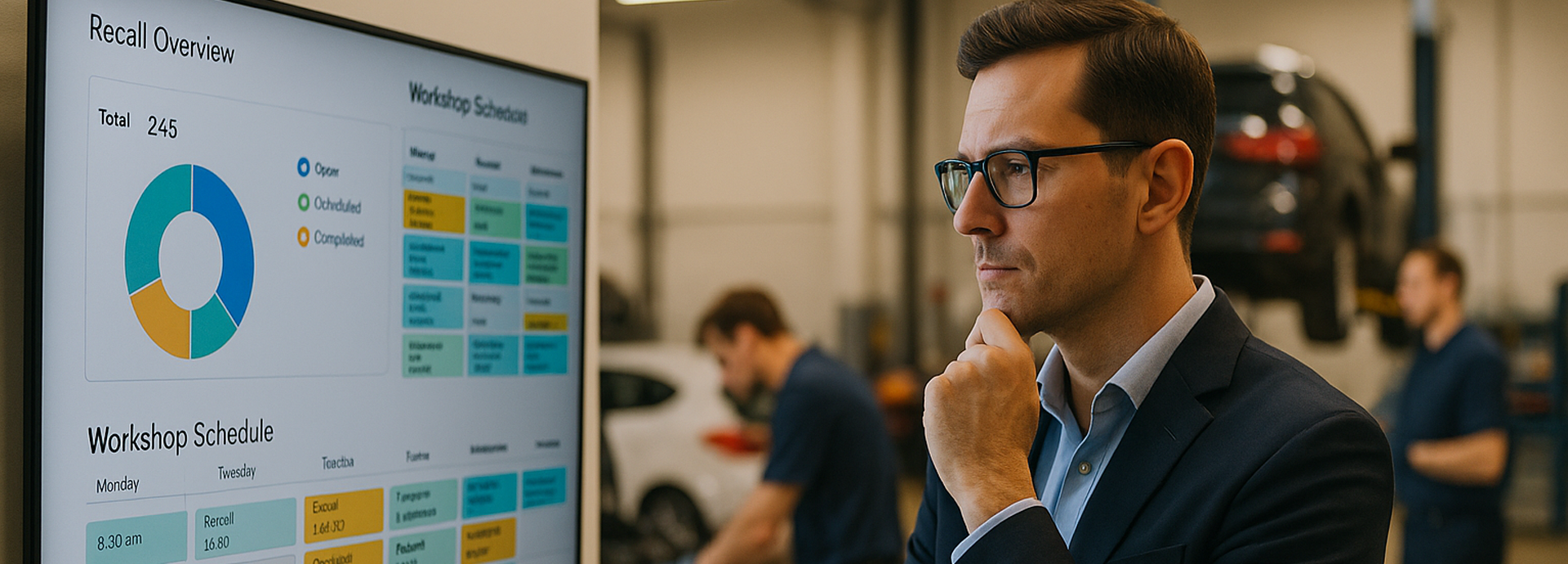Is HubSpot enough for your dealership? Only to a point.
More dealer groups are turning to HubSpot for CRM and marketing automation. It’s accessible, flexible, and supported by capable partners. But in automotive, where contracts, service events, and vehicles play a central role, HubSpot starts to show its limits.
The issue isn’t the tool or the partner: it’s the platform’s generalist nature. Automotive requires domain-specific intelligence. This post explains where HubSpot falls short in automotive, and how pairing it with WEBSOLVE creates a scalable, future-proof stack.
Why HubSpot is appealing
HubSpot combines CRM, email, and automation in one interface. It’s easy to use, has visual workflows, and offers a wide integration ecosystem. For many dealerships, it feels like a fast track to digital maturity.
And with the help of specialized partners, you can add vehicle logic, DMS syncs, and more.
But even the best customization stays locked in individual HubSpot environments. The result? A fragile, high-maintenance setup that doesn't scale well.
Where HubSpot struggles in automotive
HubSpot isn’t built to handle vehicle data, contract timelines, or DMS integrations out of the box. Trying to turn it into a full automotive platform creates complexity:
- Custom objects for contact, vehicle, dealer links
- API limits and sync delays
- One-off environments that require manual updates
It’s technically possible to build workarounds. But that doesn’t make it sustainable. Each environment becomes a standalone project. And as you scale, so do the problems.
Using a metaphor: it's like turning a sports car into a camper van. Impressive, but not designed for long-distance travel.
The role of automotive-specialized partners
Partners can make HubSpot work for a dealership. They build custom features, workflows, and dashboards. These are valuable short-term. But every fix, update, and improvement needs to be duplicated across each HubSpot portal.
So while the outcome works, it isn't a true platform. There's no central control, no shared innovation, and no scalable way to maintain it.
The better model: HubSpot + WEBSOLVE
Instead of forcing HubSpot to become something it isn’t, use it for what it does best: engagement, content, and automation.
Let WEBSOLVE handle the complexity underneath. Think of it like this:
- HubSpot captures engagement (clicks, views, forms)
- WEBSOLVE adds context (DMS data, vehicle events, contract status)
- Together, they trigger flows that are personalized and timely
A simplified example:
A user browses a new model online. HubSpot logs the session. WEBSOLVE detects that their lease ends soon. A renewal flow starts. HubSpot updates the site and sends a targeted message. The lead reaches sales with full context.
This isn’t theoretical. It’s how WEBSOLVE connects data sources and removes manual work.
Final takeaway: use each tool for what it does best
HubSpot is not a bad fit. It’s just not enough by itself. Custom setups deliver quick wins but turn into long-term liabilities.
Pairing HubSpot with WEBSOLVE creates a clean division of roles:
- HubSpot handles the experience
- WEBSOLVE powers the intelligence
This model gives you scale, standardization, and agility.
The future isn’t HubSpot versus a dedicated platform. It’s HubSpot working alongside one. Book a call with us to learn more.


